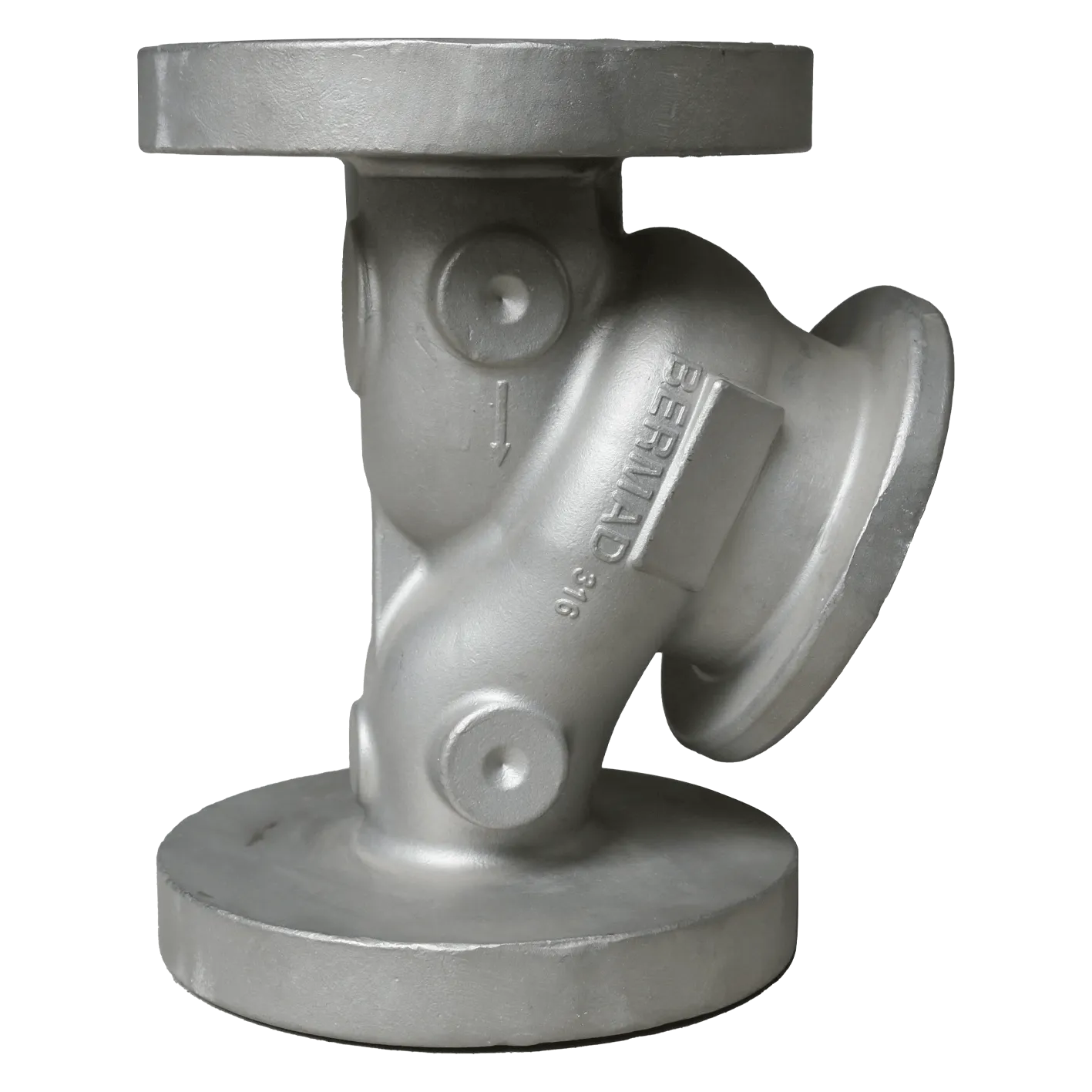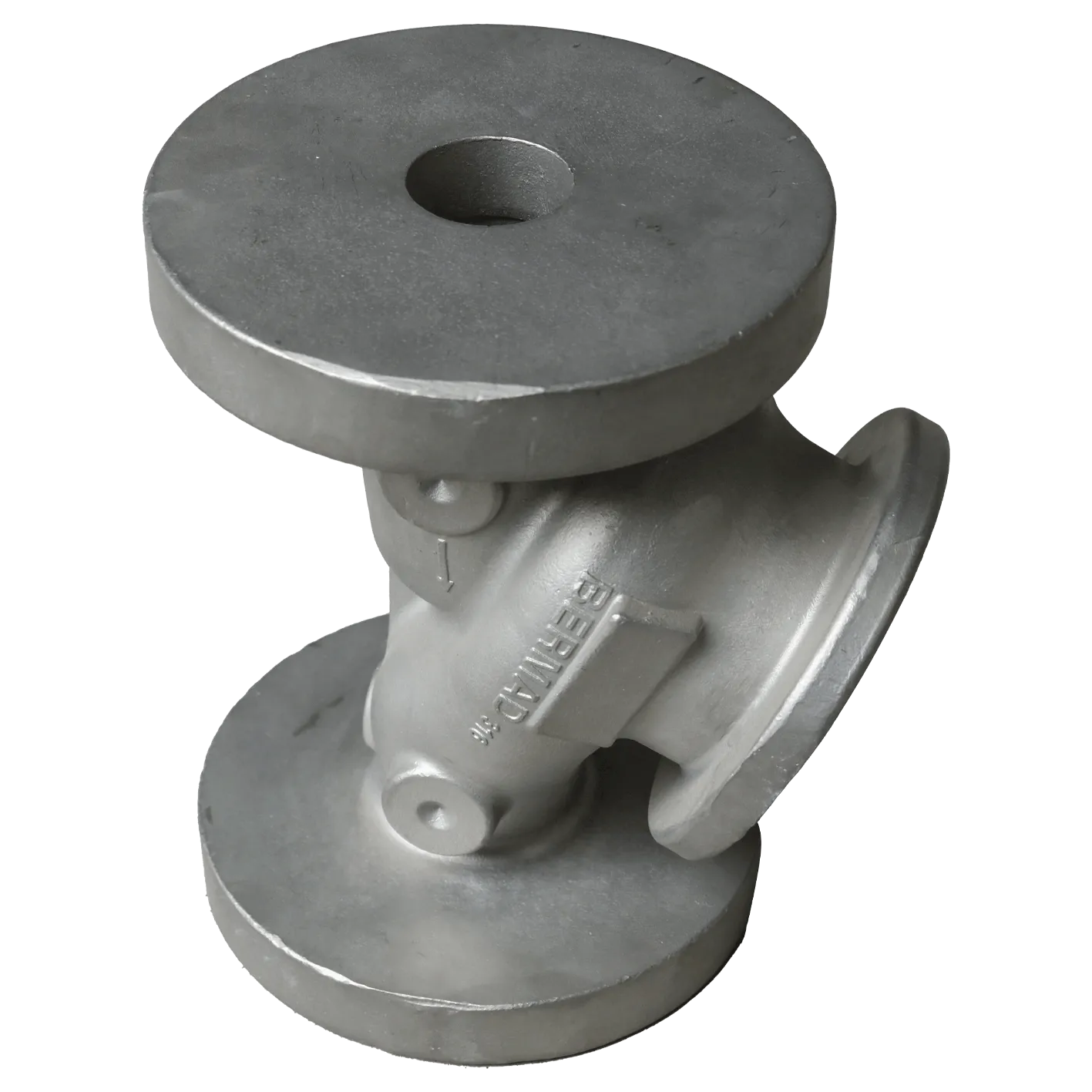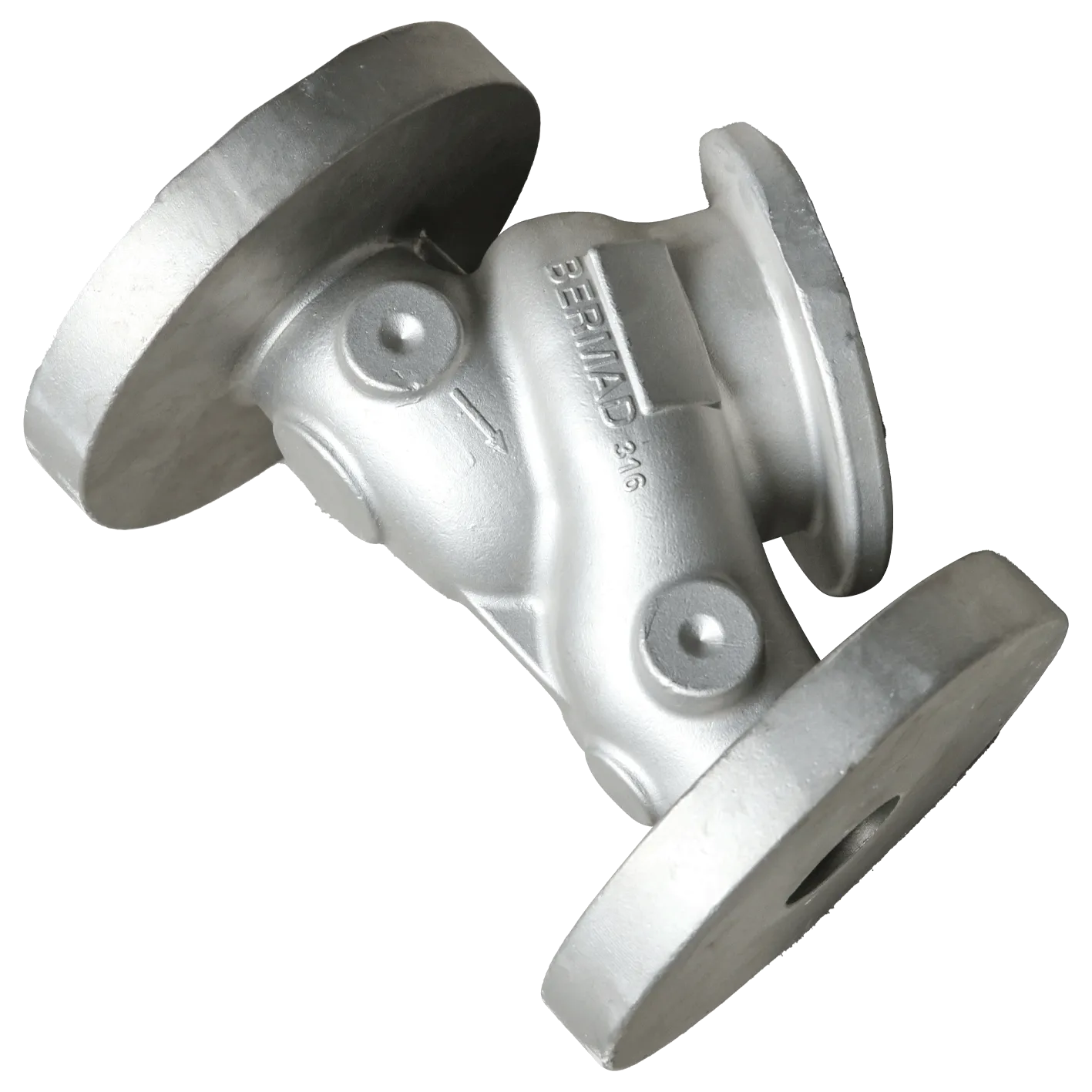Handy, Mobiltelefon:+86-311-808-126-83
Email:info@ydcastings.com
Valve Body: Why Choose Our Precision, Durable, OEM Parts?
If you’ve ever torn down a control valve after a long shift (I have, and yes, the bolts always seize), you know the hero isn’t the trim or the actuator—it’s the [valve body]. It carries the load, resists corrosion, and quietly decides whether your plant runs smoothly or leaks at 2 a.m.

Here’s the model I’ve been watching: Valve body1 from YD Castings, made in 316 stainless via silicone-sol investment casting (precision stuff). The origin is stated clearly—No.563 Xinhua Road, Shijiazhuang City, Hebei Province, P.R. China. 050051.—which, to be honest, matters for lead-time planning and export paperwork.
Industry trends I see on the floor
- More 316/CF8M bodies for caustics and chlorides; duplex still growing but cost-sensitive.
- Digital QA: heat batches traced to PMI and CMM reports; customers actually read them now.
- Efficiency: silicone-sol (silica-sol) casting to hit tighter tolerances and reduce machining minutes.
- Sustainability: pickling/passivation per ASTM A380/A967 with tighter effluent control.
Process flow and testing (the nuts and bolts)
Material: 316 stainless (≈ CF8M), solution annealed at 1040–1120°C; water quench. Silicone-sol precision casting for smooth surfaces; then CNC machining on faces, bores, and threads. Passivation per ASTM A967. NDT includes PT (ASTM E165) and, where specified, RT on critical sections. Hydrostatic shell test per API 598 at 1.5× rated pressure; seat test at ≈1.1×. PMI on every heat. Dimensional QC via CMM—spot checks on 100% of critical dimensions, sample plan on secondary features. Real-world service life? Around 15–25 years in water/chemical duty; less in sour service unless NACE-compliant trim is used.

Product snapshot
| Product Name | Valve body1 |
| Material | 316 stainless (≈ CF8M) |
| Technics | Silicone-sol precision casting (investment) |
| Unit Weight | 10–50 kg (around; real-world use may vary) |
| Tolerance | CT5–CT6; machining to ±0.1–0.3 mm typical |
| Pressure Classes | ASME Class 150–600 (typical envelope) |
| Surface Finish | As-cast Ra ≈ 3.2–6.3 μm; machined faces ≤ 1.6 μm |
| Standards | ASTM A351 CF8M, API 598, API 6D (on request), NACE MR0175/ISO 15156 |
Where a Ventilkörper like this lives happily
- Chemical dosing skids and CIP lines (316 loves chlorides—within reason).
- Water treatment, brackish and desal pre-treatment loops.
- Oil & gas utilities, steam condensate lines, and clean fuels blending.
- Food and beverage—because 316 + passivation keeps QA calm.
Customization options
Port geometry tweaks, wall-thickness optimization, boss relocation for instrumentation, custom marking, PED/CE documentation, MTRs, hydro test videos (many customers ask for that lately), and ATEX declarations when assemblies require it. To be honest, getting NACE MR0175 confirmation up-front saves headaches in sour gas projects.
Vendor snapshot (informal but useful)
| Criteria | YD Castings | Vendor A | Vendor B |
|---|---|---|---|
| Material traceability | 100% heat-to-part | Partial | 100% |
| Casting method | Silicone-sol (tight) | Water-glass | Silicone-sol |
| Lead time (≈) | 4–6 weeks | 6–10 weeks | 5–8 weeks |
| Certs | ISO 9001, PED/CE | ISO 9001 | ISO 9001, PED |
Field results (quick case)
A Midwest water utility swapped in Ventilkörper castings (316) for their chlorination loop. After 18 months, UT thickness checks showed ≤1.5% wall loss (baseline 0.0–0.2 mm measurement drift). Zero seat leakage on quarterly tests to API 598 limits. Operators said gasket seating felt “cleaner” post-machining upgrade—small detail, big morale boost.

Why this Ventilkörper stands out
- Corrosion resistance of 316 with proper passivation—less pitting, fewer shutdowns.
- Silicone-sol casting means less post-processing and better repeatability.
- Transparent QA: PMI, NDT, hydro reports included—buyers love the paperwork (surprisingly).
Origin: No.563 Xinhua Road, Shijiazhuang City, Hebei Province, P.R. China. 050051.
References
- API 598: Valve Inspection and Testing — https://www.api.org
- API 6D: Specification for Pipeline Valves — https://www.api.org
- ASTM A351/A351M: Castings, Austenitic, for Pressure-Containing Parts — https://www.astm.org
- NACE MR0175/ISO 15156: Materials for H2S-containing environments — https://www.nace.org
- ASTM A380/A967: Cleaning, Descaling, and Passivation of Stainless — https://www.astm.org
- ISO 9001: Quality Management Systems — https://www.iso.org
-
Materials Used in Manufacturing Cap End Pipe FittingsNachrichtNov.24,2025
-
Material Properties of CF8M CastingNachrichtNov.24,2025
-
How to Inspect Pump Cap Ends for DamageNachrichtNov.21,2025
-
Backward Curved Impeller – Efficient Airflow Solutions for Industry | YD CastingsNachrichtNov.21,2025
-
Automobile Water Pump - Efficient, Quiet, Durable & ElectricNachrichtNov.21,2025
-
Impeller for Pumps – High-Efficiency, Durable, OEM-ReadyNachrichtNov.21,2025











